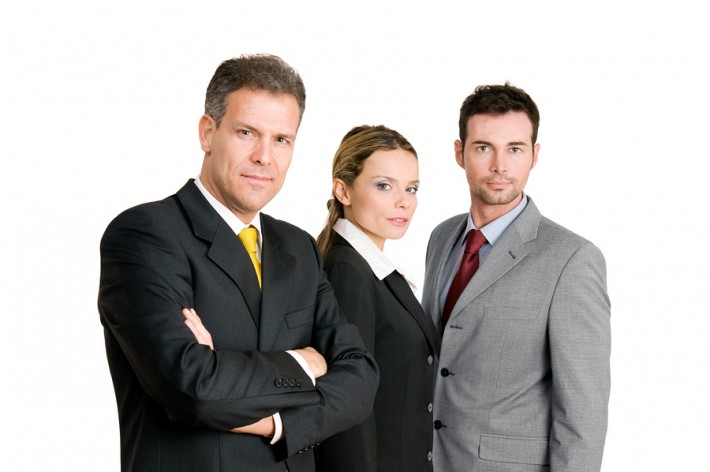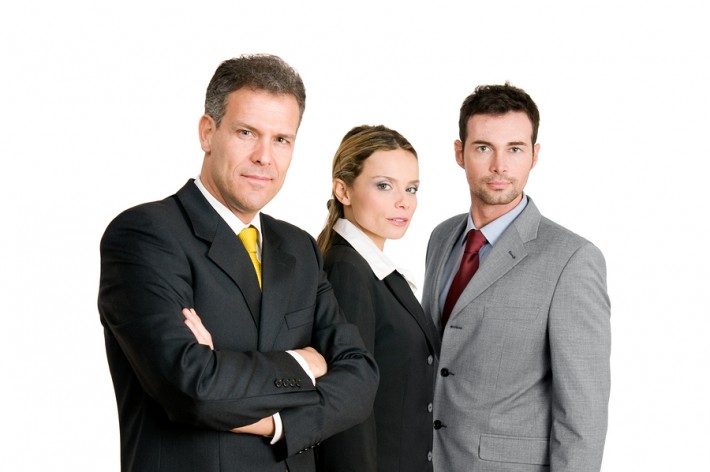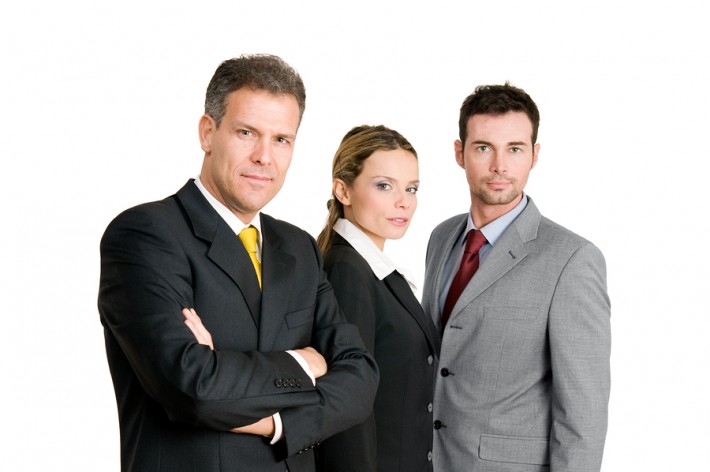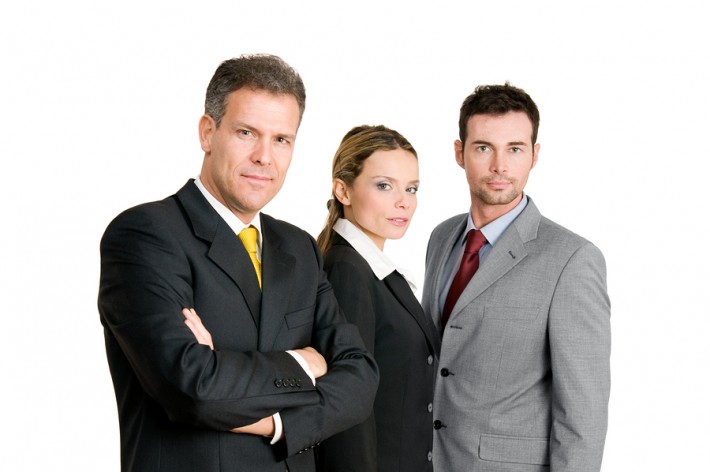The key to successfully growing bigger and better events is to set up what’s called the Marketing Cycle. The first part of the cycle is to promote your event in whatever way you can, such as traditional advertising. The next step is critical. You must collect names and addresses & email addresses when people book. At this point you should confirm their booking, but importantly from your point of view, use it to ask them to tell others.
Rita Davenport had been given a free hand to design and manage an exhibition stand for her company. The Marketing Director had briefed her extensively on the overall idea and left her with an open brief to produce something that would attract customers, dealers and the trade press. Rita walked out of the meeting feeling inspired but not quite sure what to do next.
Once you understand clearly what the sponsor needs the stand to achieve, you can go about the business of designing and branding your presence.
As a Sydney-based exhibition designer, Ove Prado often conducts his own survey of trade shows. He tries to work out, from what he sees, the purpose that each stand is playing in that company’s marketing strategy. All too often, he says, the message is confusing and some designs actually drive customers to walk straight past
Renting space at a trade exhibition, designing a stand, having it built and staffing it for the duration of the exhibition shares some of the essence of running other types of event but differs in some significant features.
As the last delegate left the conference, Quinne McLachlan sat down at her laptop and started to write a review of everything that had happened. She was the event organizer and all through the proceedings she had been taking scribbled notes about the main points of interest, delegate questions that had not been fully covered by presentation material and presenters who had been well-received or those who had courted controversy.
Running a conference, a seminar or a workshop can be great fun. The day of the event is guaranteed to be a hive of activity with all of the arrangements coming together over those few hours. Problems will arise and be solved in one way or another and the delegates will leave in various states of motivation. If this is your first or your one thousand and first event you should never stop learning how to improve the next one. One of the most effective ways to draw out all of the learning points from the entire event is to hold a review meeting after some thorough data gathering including financial analysis and delegate feedback.
As a Consultant in Quality and Customer Service, Roberta Meier often attends seminars and workshops as a Mystery Shopper. As well as checking out how well delegates are catered for by the training teams, she also takes great delight in testing how tenaciously event organizers pursue her for her true opinion about their reputation.
If and when they do catch up with Roberta, how do they quantify reputation anyway?
The easiest thing to do is to use the happiness sheets (event evaluation forms) and the post event questionnaires, remembering that this is not a popularity contest but a search for factual information.
If you are running workshops, seminars or conferences like Oslo , Norway based Ulrika Fredrikson you won’t be doing it as a charitable act. Let’s face it, even if you were a charity, you’d have to cover your costs somehow. Ulrika runs a combination of sponsored and paid-for events which improves the ticket price for delegates but increases the pressure on her to fill seats to satisfy the advertising benefit for her sponsors.
– Well, how did it go? – asked the CEO as he wandered past Siobhan’s desk on his weekly tour of the offices. He was referring to the conference Siobhan had organized and run to involve their industry in standardization guidelines. Although her first impression was that the conference was a real success, she knew that she only had a small proportion of the total feedback. I’m still in the middle of collecting feedback data, admitted Siobhan,but the initial data looks more positive than we hoped. I’ll have the full results at next week’s review meeting.
The workshop was over. The delegates had long gone and Margaret Kerr was recovering with a cup of coffee. The room was strewn with sheets of flip chart paper, the debris of the buffet lunch and countless empty coffee cups covered every horizontal surface in the room. Margaret was drained. The workshop had been a tough one for a trainer; the delegates had all been sharp and smart; they had challenged her knowledge and demanded long explanations of the reasons behind the theories she was asking them to buy into. She looked at the bomb-site that was once an orderly training room and knew she didn’t have the energy to do much more than crawl to her car. After all, she reasoned, the conference center cleaning staff would tidy up, wouldn’t they.
Stuart Burns was having a bad day. Not only had he arrived late for the seminar because of the server problem at work last night, he was finding it difficult to concentrate because of the stream of text messages coming in to his cell phone. He couldn’t bring himself to turn it off just in case something catastrophic was happening back at base so he set it to mute and tried to keep an eye on it while he listened to the presenters. Now the effects of his disturbed sleep were catching up on him and his extreme body language shouted that he was in the wrong place.











Recent Comments